It's no secret that charcuterie boards are all the rage these days. But what most people don't realize is that making a good one isn't as simple as just throwing together some meats and cheeses. There are plenty of ways to screw up a charcuterie board and turn it into an embarrassing disaster that makes everyone cringe instead of salivating in anticipation. So today, we're going to walk through the steps for picking the perfect ingredients for your next charcuterie board, so you can host parties like a pro!
Plan for about ¼ pound of meat per person
At a minimum, plan on serving ¼ pound of meat per person. That will give you enough variety and volume to make your charcuterie board feel substantial. If it's just the two of you eating, it's not advisable to go any smaller than this; otherwise, there won't be enough food to mix and match. I like having at least two types of sausage (pork or beef) and some cured ham and salami—that way, everyone can take their pick from the board without feeling limited by what's available that night.
For cheese, go for about ½ cup per person if you want something with a good amount of heft—the best options are strong cheeses like aged cheddar or Gouda that will stand up well against heavy meats without overpowering them in flavour or texture. Anything made with sheep's milk is also great because it has an affinity for pickles (and who doesn't love a good pickle?). When combined with nuts or dried fruits for added crunchiness, this makes for too many delicious combinations not to serve!
It's important to use a variety of meats on your charcuterie board. The more types of meat you have, the more people will be able to eat what they like or need. You'll want to use different types of meat, such as cured and fresh; different cuts, such as pork belly and chicken breast; and even different animals (beef is always an option).
Pick your cheeses depending on texture and taste
Find the right cheese for your meat.
Hard cheese like Manchego is perfect for Charcuterie Boards because it has a high-fat content and can stand up to the strong flavours of cured meats, but it doesn't overpower them or get lost in the mix. Other good options include aged Cheddar and Parmesan, mild enough to suit both salty, if not sweet, accompaniments like jams and preserves and more robust spreads like mustard or mustard seed mayonnaise (which has no sugar).
Choose a cheese that pairs well with slices of bread on your board—and vice versa!
When pairing with bread, go for something soft enough that it won't break apart when spread with butter or oil yet firm enough not to disintegrate into crumbs when you bite it. Think richly textured cheeses like Asiago or Fontina rather than something delicate like goat cheese or feta.
For example: If you're serving sliced baguette alongside soft pears grilled in olive oil, choosing this combination will complement each other nicely.
However, if you're serving crackers alongside crudités garnished with hummus dip and olives (for example), then having some sharp cheddar on hand might be more appropriate here. Its sharper flavour will stand up well against these contrasting textures without overpowering everything else on your board!

